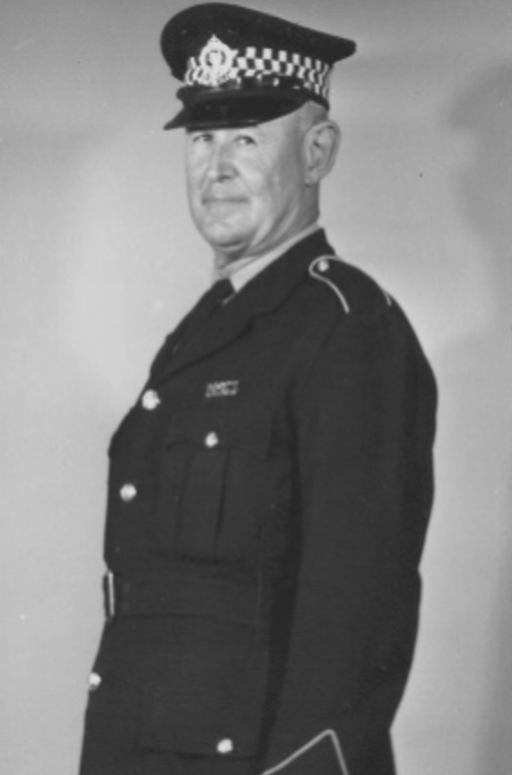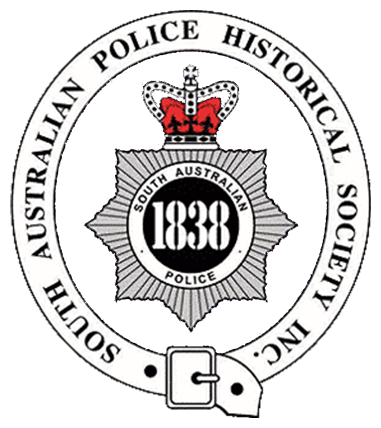The introduction of the police checkered cap band outside of Scotland was the initiative of South Australia Police Commissioner John McKinna, who in 1958 sought a way to distinguish police officers from employees of other organisations wearing a similar uniform, such as then ambulance officers, parking inspectors and other uniformed persons.

During a visit to Glasgow Police Force in 1958, Commissioner McKinna saw police constables wearing a Sillitoe Tartan checkered cap band; that Force being the first in the world to wear such a distinctive cap band. Commissioner McKinna was so impressed that he gained approval from the then Chief Constable of Glasgow Police, Sir Percy Sillitoe, for use of the cap band by South Australia Police.
This was followed up by Commissioner McKinna on his return to South Australia and in August, 1960, the following notice was published in the South Australian Police Gazette;
“Amendments to Police Regulations were approved by Executive Council on 4th August, 1960, authorising the adoption of a dark-blue and white checkered cap band as an equipment issue to distinguish police officers from other uniformed bodies in the community.”
The cap band adopted was the Sillitoe Tartan, with South Australia Police on the 4th December, 1960, being the first police force in Australia and only the second in the world to wear the now world recognised distinctive police identification checkered cap band.
